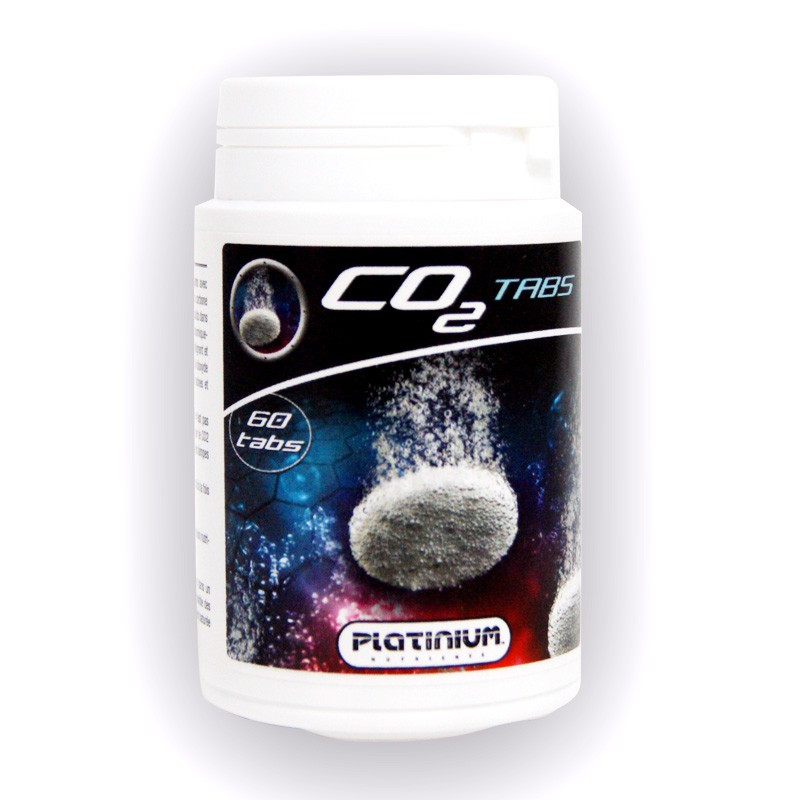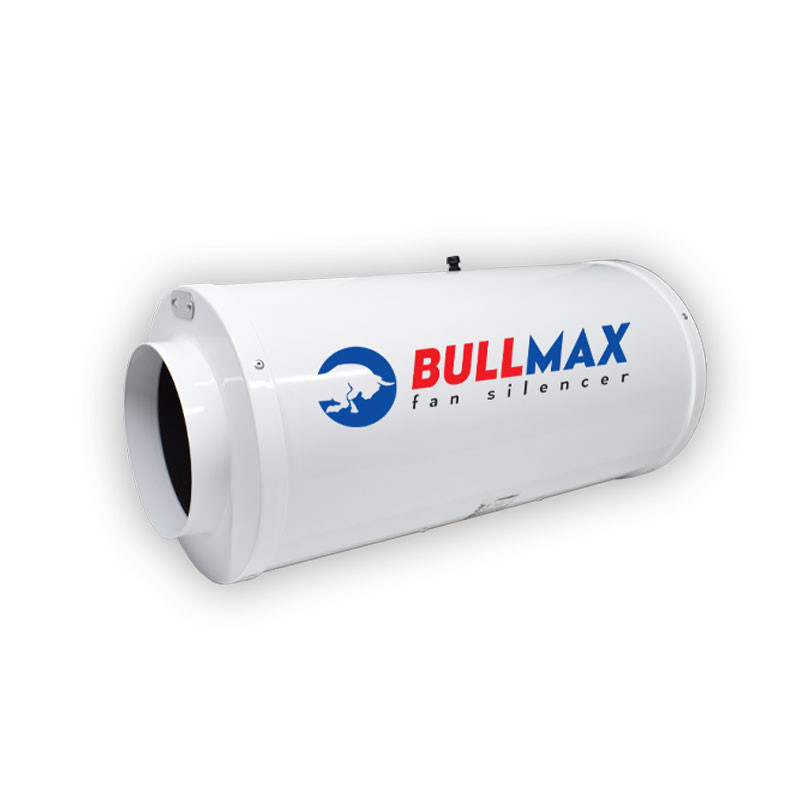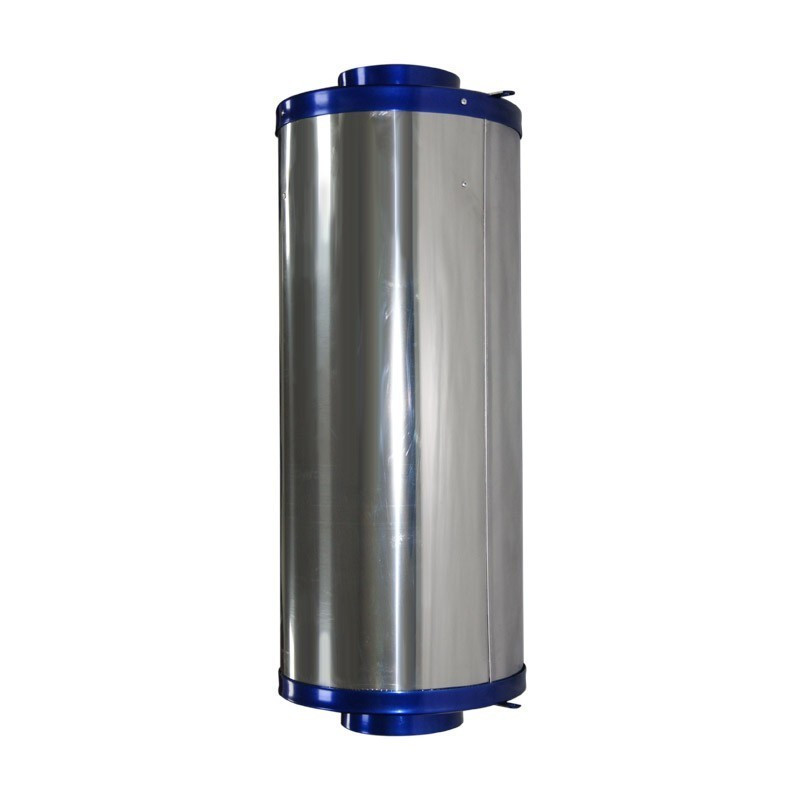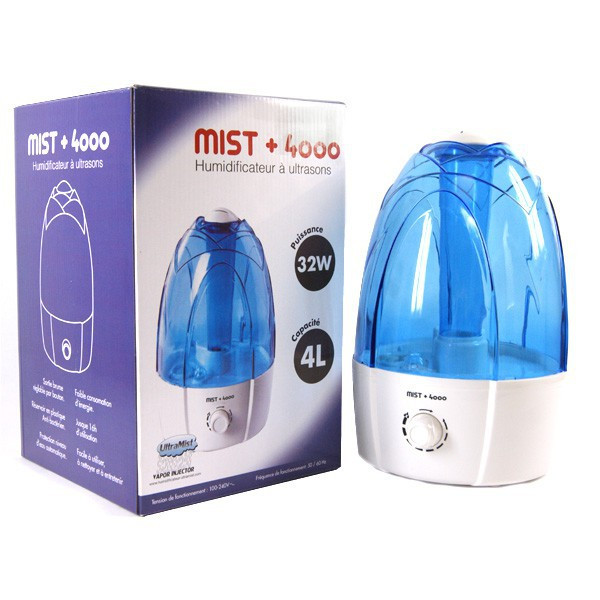In indoor cultivation, ventilation ventilation is an essential element for any successful grower. Without an effective ventilation system, your grow room is likely to turn into a veritable oven. Needless to say, this will spell the end of your plants. It's also important to set the right humidity level for your crop.
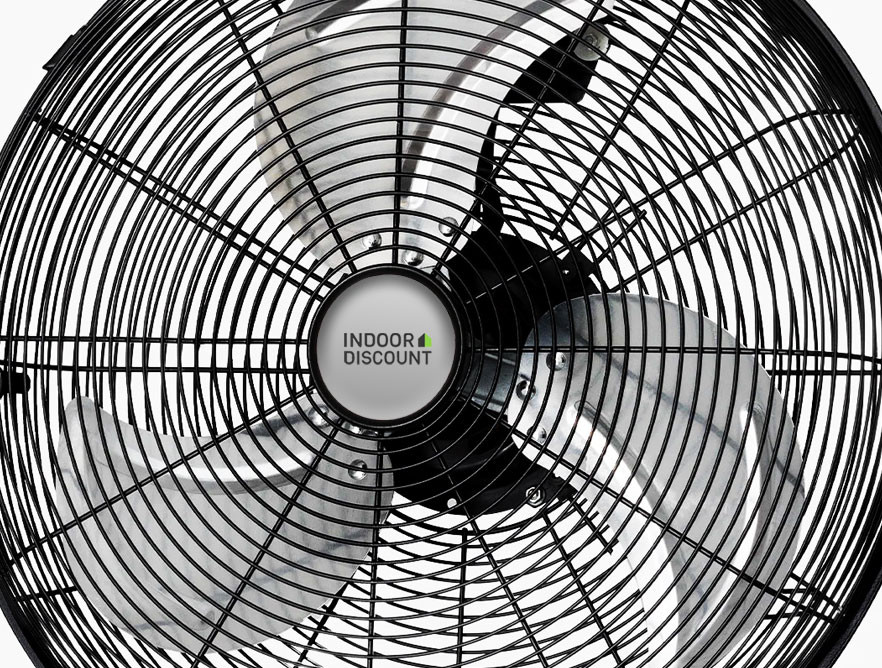
What role does humidity play in a crop?
Let's start with the most delicate part of designing your ventilation system.
During its development, a plant will require different levels of humidity. For example, cuttings need an average of 90% humidity, while germinating seeds need 60%. It is generally accepted that the ideal humidity level for a growing plant is between 65 and 75%. Finally, the flowering period will be accompanied by drier air, as you'll need to lower humidity to 50% to prevent the development of mold.
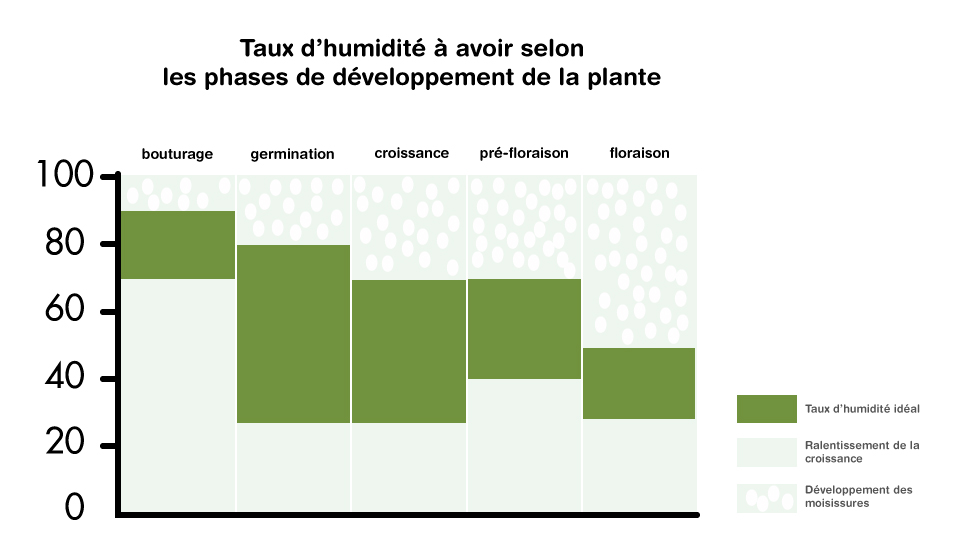
Humidity levels are very complicated to control in a grow room, as they require a real balance between temperature and extraction power.
Indoor Discount however, our range of accessories enables you to control, increase and/or decrease the humidity in your grow room.
However, the humidity level will essentially depend on the combination of your lighting and extraction. When your lights are switched off, for example, it's a good idea to leave the extractor running for a few minutes, to eliminate excess humidity before it settles on your plants, and thus encourages the development of pathogens. It will also be necessary to start your extractor a little after switching on your lamp, so that the humidity and CO² generated during the night are not removed too quickly.
What is the importance of an extractor and an intractor?
Good air circulation is essential for plants to enjoy the best possible environment. It is therefore important to renew the air in your grow room on a regular basis.
What role does CO2 play in indoor cultivation?
In an indoor garden, as outdoors, plants need CO2 (Carbon Dioxide) to activate their photosynthesis process, which enables them to feed off the light emitted by the sun or your light bulb. This is how the plant gorges itself on organic compounds such as carbohydrates, which can be distributed via the food chain. The CO2 is then transformed into O2 (Oxygen) by the plant before being released into the atmosphere.
At the same time, plants carry out a phenomenon that most people don't even know about: they breathe. Plants, like all living beings on this planet, consume oxygen. They absorb CO2 for photosynthesis, but also release it when they breathe. Obviously, the quantity of oxygen released is far greater than the CO2 emitted.
Plants therefore tolerate CO2 very well, as it is crucial for photosynthesis, although care must be taken not to exceed 1000 ppm (mass per million, 1 ppm = 1 mg/kg). The ideal temperature for CO2 absorption is above 25°C.
Here again, it's important to keep the air in your growing area fresh.
Odor management
Odor management is another important aspect of indoor cultivation. If you like the smell of your mint, it may not be to your neighbor's taste. There are a number of tricks you can use to minimize the odors produced by your crop.
This is an electrical device that generates highly reactive molecules that mix with the air in your growing area. This has the effect of eliminating odors.
Classic but effective, liquid or gel deodorizers can be used as a complement or on their own.
This is the most widely used method of odor treatment. Charcoal filters retain nearly 95% of biological molecules.
What equipment should you choose for effective ventilation?
Now that we've looked at the different aspects of ventilation, we'll take a look at some of them. Indoor Discount offers a number of items that will help you build your ventilation system.
You'll need to equip yourself:
- For climate control with a thermo/hygrometer
- To automate the ventilation cycle with a timer/minuteur
- To generate air movement in the cultivation area using a fan
- To renew the air in the grow room with an extractor
- Reduce the heat emitted by your MH or HPS bulb with a Cooltube glazed/ventilated reflector
- Finally, Winflex silent ducts to connect all the elements.
Since every growing space is different, it's up to you to determine which elements you'll need and adapt your lighting accordingly.

